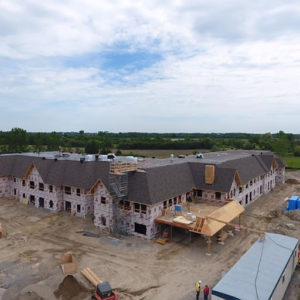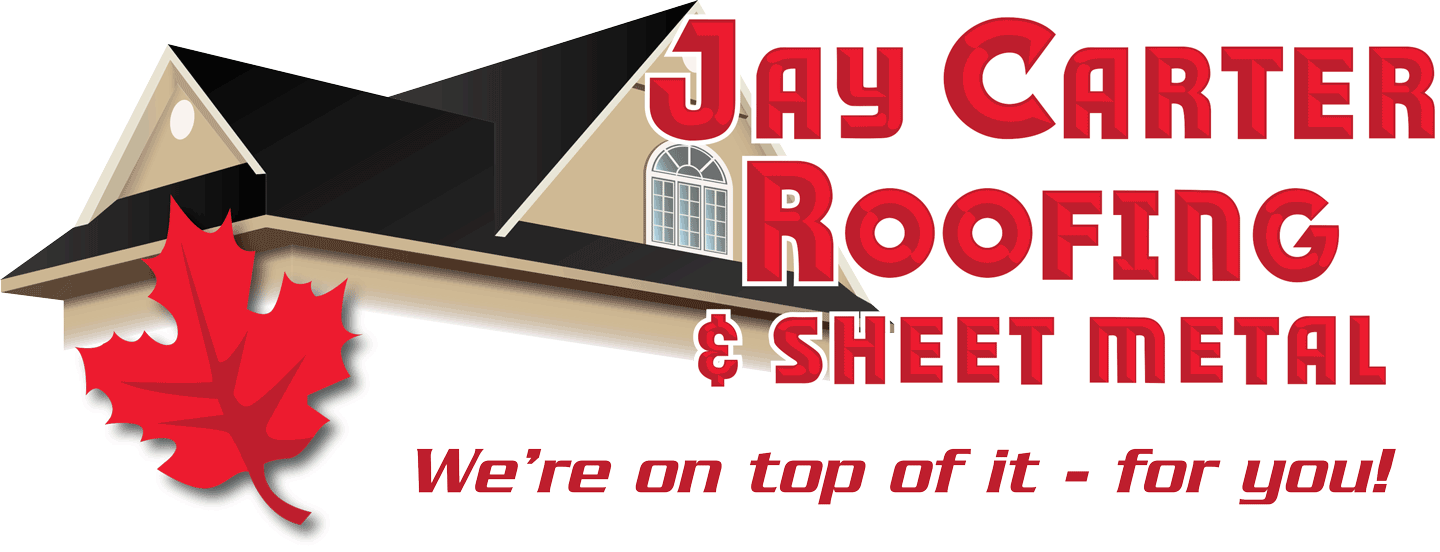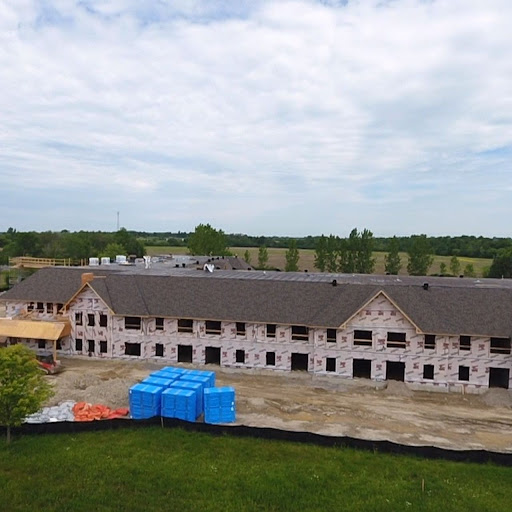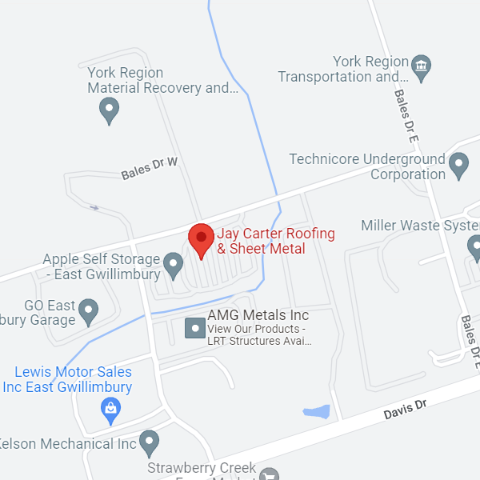Table of Contents
For many people I deal with, the phrase “metal roof” conjures up pictures of rusted sheets of tin hanging precariously to a crumbling barn. Not surprisingly, they had no idea why I would suggest a metal roof or why any homeowner would consider it.
Of fact, the reality of contemporary metal roofing is very different. To begin with, although metal sheets make excellent barn roofs, they are not suitable for residential use. My home metal roofing is made out of concrete-coated steel shingles or panels. They are available in various designs and colors. .costly, many of which are indistinguishable from more popular kinds of roofing, such as asphalt shingles, clay tiles, and even slate.
But that’s where the parallels stop. Metal roofing offers many benefits over conventional materials.
One Roof, Two Jobs
Every roof performs two important functions: One is to keep the weather out, and most roofing materials do a decent job of this for as long as they endure, assuming they are correctly built in the first place. Another task that is becoming essential as energy prices increase is energy conservation in the house.
The scorching summer months are what truly set one roofing material apart from another. Many traditional roofing materials lay flat on a roof and transfer heat from the sun straight into the sheathing underneath and then into the attic, which may significantly increase the temperature inside the house, forcing your central air conditioning to work harder to keep the home pleasant.
Most metal shingles are designed to create an insulating gap between the roofing material and the sheathing underneath. The difference in your comfort and energy bill is considerable. It works on the same concept as the air gap between the panes of a double-paned window. The effect of hot and cold weather on your interior environment is significantly minimized by establishing a barrier between the outside and the inside.
Green Roofing Materials
Another significant benefit of metal roofing over conventional materials is that it is less harmful to the environment

Asphalt shingles, the most popular roofing material, are petroleum-based. Then, when they reach the end of their useful life (about 17 years on average), they wind up in a landfill alongside millions of tons of other worn-out asphalt shingles, where they may take decades to biodegrade. As a result, the manufacturing of these shingles adds to the negative environmental effect of petroleum recovery and processing.
On the other hand, steel roofs are likely to be the only roof you’ll ever need for your house, so they don’t add to landfill problems. In addition, if a steel roof has been removed, the steel is often recyclable.
Cost vs Value
You’ve undoubtedly figured that metal roofing is more expensive than some other common roofing materials. That is, they are more expensive until the initial investment is divided by the product’s lifespan. Remember that getting 17 years out of an asphalt shingle roof is a fantastic outcome. A metal roof, on the other hand, may easily endure 50 years. Metal has a nearly three-to-one edge. So, which is more expensive: one steel roof or three asphalt roofs? Metal roofing is advantageous.
Of course, there’s the issue of durability. Asphalt shingles are vulnerable to wind and hail damage. Steel roofing, on the other hand, can withstand winds of up to 130 miles per hour. Furthermore, the metal roofing brand we install has earned Underwriter’s Laboratory’s highest impact resistance grade.
Overall, there are many benefits to putting metal roofing on a house that you intend to live in for an extended period. Your roof is your first line of protection against the weather and high utility costs. So why settle for anything less than the greatest protection and performance money can buy?



